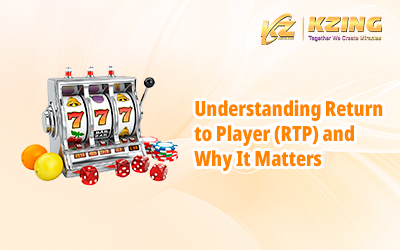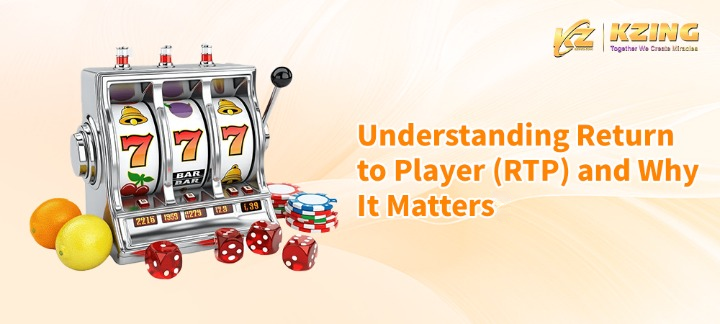
Table of Contents
What is Return to Player (RTP)?
Return to Player (RTP) refers to the average return ratio that players can expect to receive in gambling games or other types of games. This concept is very important in casinos, online games and other entertainment venues because it directly affects players’ gaming experience and long-term benefits.
Why is Return to Player Important?
Protect Players
A properly set Return to Player (RTP) rate helps safeguard players from unfair game manipulation. It ensures a fair playing field where players can expect a certain level of return on their investment, without the risk of being manipulated or cheated.
Game Fairness
In many countries and regions, laws and regulations mandate that games maintain a certain Return to Player (RTP) rate to ensure fairness. These regulations help prevent game operators from manipulating outcomes for their own profit, thereby protecting players from unfair practices.
Attract Players
Higher return rates typically attract more players to a game. When a game offers a good return rate, players are more likely to join and stay engaged for longer periods. Additionally, appealing promotions and reward mechanisms, such as rebates, recharge discounts, and first-time deposit bonuses, can enhance a player’s perceived investment value and improve their return rate experience. Professional white-label platforms can also contribute to improving the overall user experience on the game platform, making it more engaging and enjoyable for players.
User Experience
A game’s return rate has a direct impact on the player’s experience. A low return rate can lead to disappointment and frustration among players, while a higher return rate can boost satisfaction and enjoyment.
Brand Reputation
For online casinos, game developers, and online platforms, a fair and competitive return rate can significantly boost their brand reputation. Players often choose platforms that offer fairness and a good return rate, as these qualities suggest a trustworthy and rewarding gaming experience.
How to Calculate Return to Player?
- Record the Total Wagered Amount: The bet amount is $100
- Expected Return Value: To calculate the expected return based on the Return to Player (RTP) percentage, you multiply the total amount wagered by the percentage of RTP:
Expected Return Value= Total Wagered Amount × RTP
Expected Return Value= $100 × 0.98 = $98
Therefore, when a bet of $100 is placed and the RTP is 98%, the expected return value is $98.
Winning Frequency
Winning frequency measures how often a player wins a prize relative to their total investment in a particular game or gambling activity. It is typically expressed as a percentage, indicating how frequently a player can expect to win. A higher winning frequency suggests a greater chance of winning a prize or return, which can contribute to player engagement and satisfaction. Understanding and managing winning frequency is crucial in game design, as it influences the overall player experience and retention.











